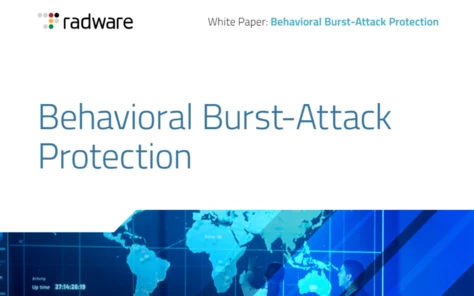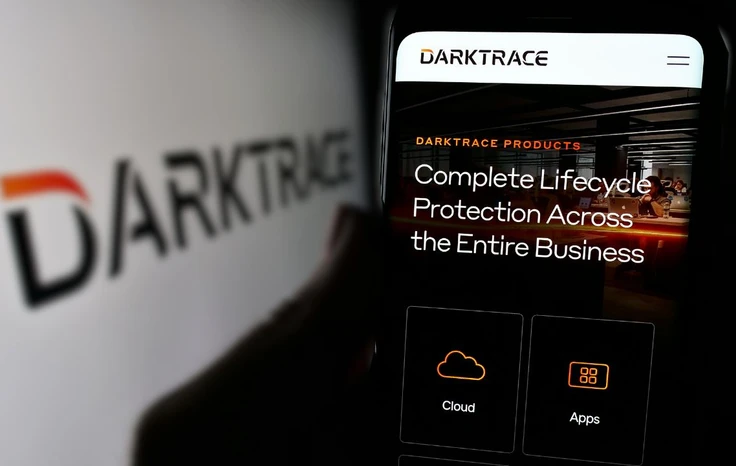Darktrace Acquired by Private Equity Firm Thoma Bravo in $5 Billion Deal
5 Threats to Watch Out for as a Small Business - and How to Defend Against Them

As a small business owner, it's easy to assume that you're immune from cyber-attacks. After all, you don't have the same level of data or resources as a large corporation.
However, the truth is that small businesses are a prime target for Cybercriminals.
According to a recent report, 43% of cyber-attacks target small businesses. With that in mind, it's important to be aware of the most common threats and how to protect against them.
For more information and resources on small business cybersecurity, visit our website at www.secure-anchor.com.
Phishing Attacks
Phishing attacks are one of the most common cyber threats facing small businesses. These attacks involve sending fake emails that look like they're from a legitimate source, such as a bank or a vendor.
The goal is to trick the recipient into providing sensitive information, such as login credentials or credit card numbers.
To protect against phishing attacks, educate your employees on how to identify and avoid them. Implement spam filters and use two-factor authentication to add an extra layer of security to your accounts.
Malware
Malware is software designed to cause harm to a computer or network. This can include viruses, worms, and Trojan horses.
Malware can infect your system through email attachments, downloads, or malicious websites.
To protect against malware, ensure that your antivirus software is up to date and that you're using a firewall.
Educate your employees on safe browsing practices and avoid downloading software or clicking on links from unknown sources.
Ransomware
Ransomware is a type of malware that encrypts your files and demands payment in exchange for the decryption key.
This can cause major disruptions to your business, as well as potential data loss. To protect against ransomware, regularly back up your data to a secure location, and ensure that your antivirus software is up to date.
Educate your employees on safe browsing practices and avoid opening email attachments from unknown sources.
Insider Threats
Insider threats are attacks that come from within your organization. This can include employees or contractors who have access to your systems and data.
Insider threats can be intentional, such as theft or sabotage, or unintentional, such as a mistake or a lack of awareness.
To protect against insider threats, limit access to sensitive data and systems to only those who need it. Monitor your network for unusual activity and educate your employees on safe data handling practices.
Weak Passwords
Weak passwords are a common vulnerability that can be easily exploited by cybercriminals. To protect against weak passwords, implement strong password policies, including length and complexity requirements, and use two-factor authentication.
Educate your employees on the importance of password security and provide training on how to create strong passwords.
























